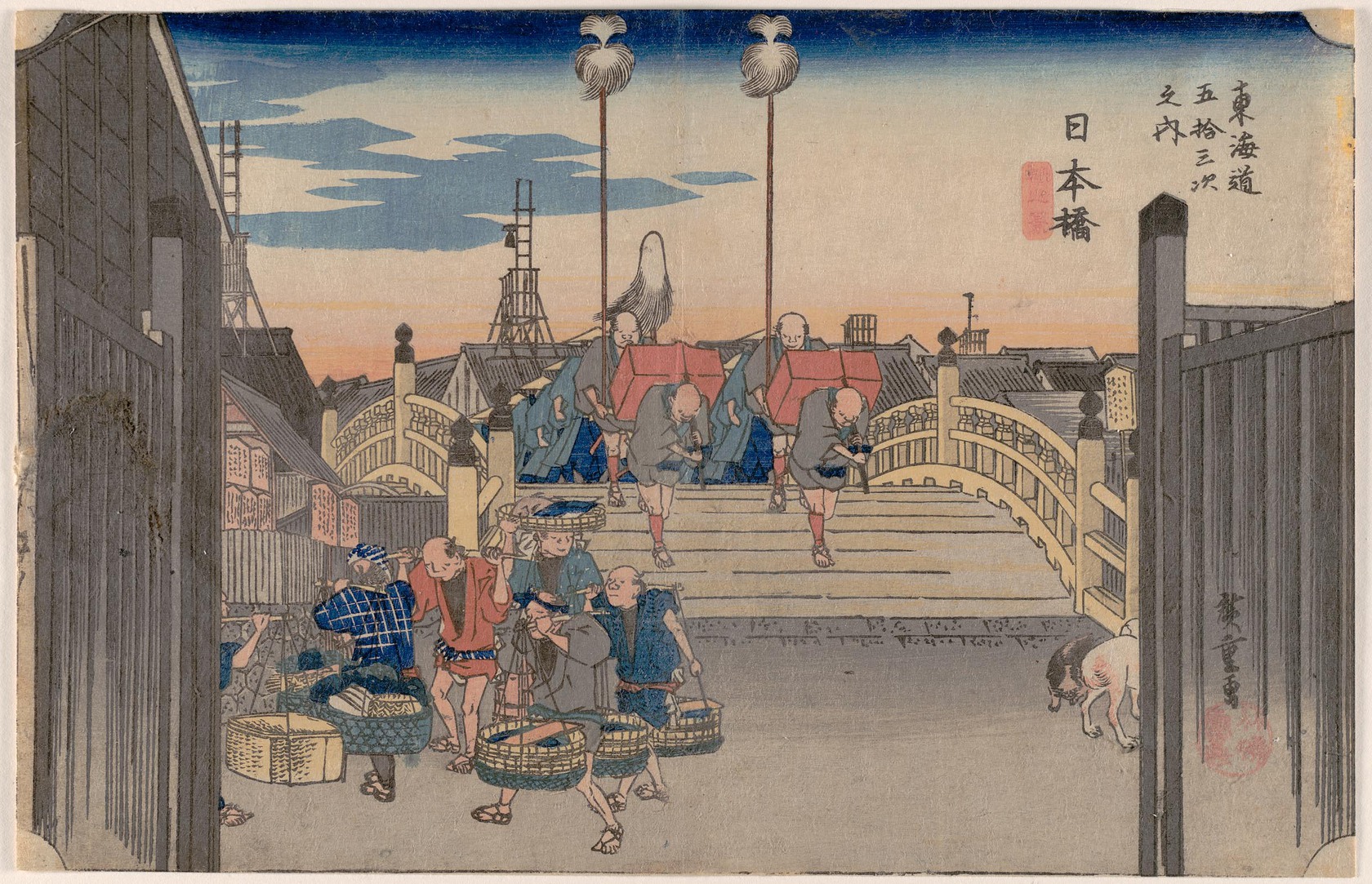Master printmaker Utagawa Hiroshige’s Fifty-Three Stations of the Tōkaidō is among the most celebrated works of Japanese art. For the first time in 25 years, Carnegie Museum of Art presents a complete set of 55 prints from the first (Hōeidō) edition, created between 1831 and 1834. This series depicts the spectacular landscapes and fascinating characters encountered on the journey from Edo (now Tokyo) to the imperial capital of Kyoto.
The Tōkaidō road was the most-traveled route between these two important cities, figuring heavily into popular Japanese art and culture in the mid-1800s. Hiroshige made hundreds of images on the subject throughout his career.
Visitors can follow the road along the gallery walls, moving from one station to the next. To illustrate Hiroshige’s innovative approaches to the same subject, visitors can see examples from his other series on the Tōkaidō—for instance, the Reisho, Gyosho, Kichizo, and Aritaya editions. Finally, the exhibition features multiple impressions of the same Hōeidō print to demonstrate variations in the color woodblock printing process, stressing the uniqueness of each impression.
Hiroshige’s Tōkaidō Road is organized by Akemi May, associate curator of works on paper.
